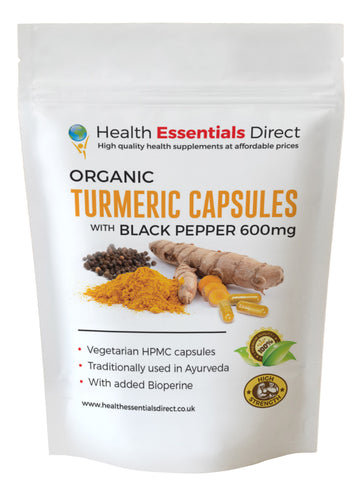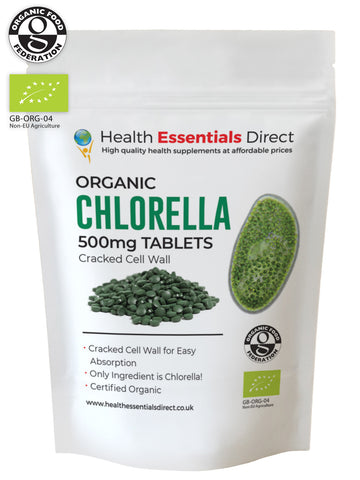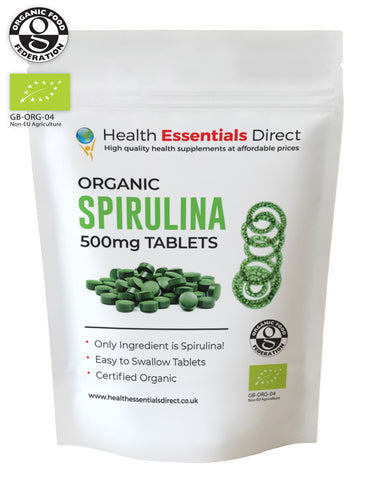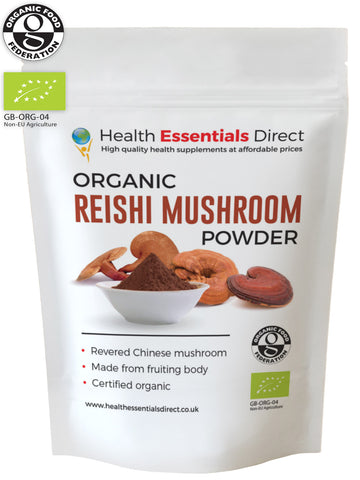Organic Baobab Powder (Superior Grade, South African Super Fruit)
2Organic Baobab Powder
-
Certified Organic by Organic Food Federation
-
African Super Fruit
-
Known as the Tree of Life
About Baobab Powder
The baobab tree (Adansonia digitata), the source of baobab powder, is a large deciduous tree that is native to the Savannah drylands of Subsaharan Africa. Baobab powder comes from the seeds of the fruits of the Baobab tree. Other names include boab, bottle tree, monkey bread tree, and boaboa. Bottle tree is used due to the tree’s excellent ability to store water for a long time. Also, monkey bread tree is used since monkeys feed on their soft fruit. Also, it is sometimes referred to as the ‘upside-down-tree’ because of its awkward appearance. It appears to have the roots up in the air and the swollen trunk thrust into the ground, especially during the dry season. Adansonia (Baobab) is a genus comprising eight species of deciduous trees under the family Malvaceae or Hibiscus family.
The baobab tree is the oldest know plant with some subjects approximated to be over 1500 years old. This trees can grow over 20m tall and 14m in diameter. Its roots are shallow yet they spread out extensively to enable them to utilize the small amounts of rainfall that occurs where it thrives best. Soil erosion often exposes the roots on the ground. The trunks are huge and shaped like a bottle. Also, they are smooth and glossy on the surface, with the colour ranging from brownish to greyish. The back of the tree is thick and strong and is usually harvested by local people to make powerful fibres. The flowers are massive and appear to be hanging from the branches. The leaves are as big as an adults palm and have five to six spatula-shaped leaflets. Baobab fruits are oval-shaped and approximately 16cm long with a tough shell covered with velvet-like hair. They contain powdery kidney-shaped seeds. This tree thrives in dry savannah habitats with soils that are properly drained. Most parts of the Baobab tree are edible, yet the seeds are the ones which are collected and ground to form baobab powder.
Use of baobab tree products has a vast history of over 500 years. One of the most notable figures who popularised the plant is Michael Adanson. In 1749, a French botanist, Michael Adanson studied a particular tree species on Sor Island, Senegal. Adanson noticed engravings from passing mariner, Henry the Navigator and Andre Thevet. Adanson was amazed at how this tree had outlived all the others. He concluded that this tree was very important. He even drunk juice from the Baobab tree twice a day for nourishment. The scientific name Adansonia is hence derived from Adanson’s name. Baobabs have always been part and parcel of the African culture. The leaves were harvested and cooked to make a soup that was believed to help people live longer and more satisfying lives. The pulp was used in beverage preparation for many indigenous Senegalese tribes. Some ethnic communities in Mali like the Bambara, collected wild Baobab seeds and replanted them in their villages so they use them as a source of food. Ancient African folklore has tried to explain the shape of the Baobab tree. One traditional myth said that the baobab was planted in the Congo basin during creation. The baobab whined how that place was too hot and had a lot of rainfall. God then, moved the tree to a cooler region and planted it on the top of Mt. Ruwenzori. The tree still complained of how cold that place was. God then, replanted the baobab in the Sahara but it was still not satisfied. God became angry and uprooted it and threw it over his shoulder. The baobab landed in the ground with the trunk first with the roots remaining above the ground, hence the upside-down look.
- Please note it is against MHRA guidelines for us to talk about any potential health benefits for this supplement however a quick google search on the potential benefits and you may be surprised.
How To Use
5 grams a day (1 heaped teaspoon) mixed with hot or cold water, mixed with milk or honey, added into juices, blended into smoothies or mixed into foods. Or take as directed by your healthcare practitioner.
Share this Product
Well Done
Great products and good prices
Poor
thank you very much, the delivery was fast and the item is super delicious.







